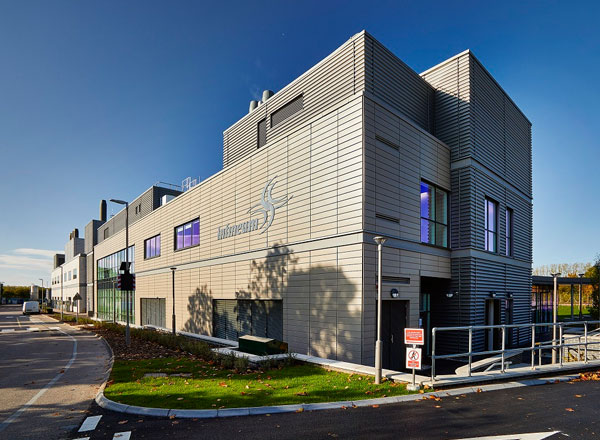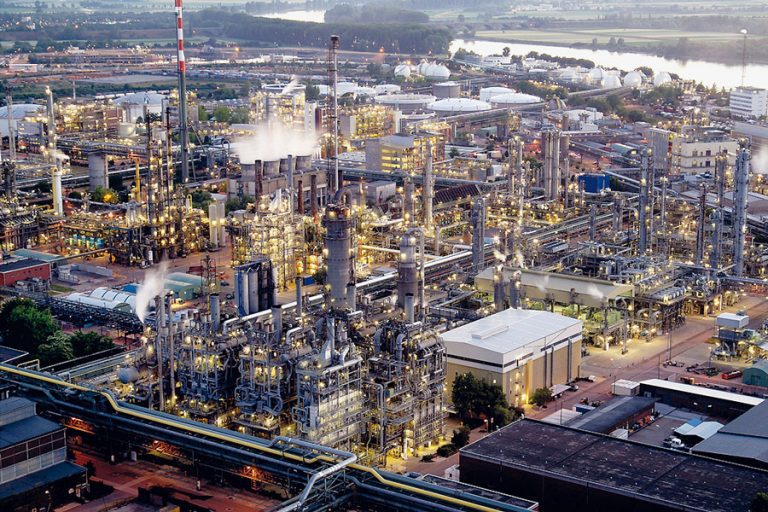If your business is involved with hazardous chemicals in any way then you may already be aware of the Global Harmonised System (GHS) – but if it is something new to you, it is very important that you understand it. Whether you are involved with these chemicals directly, or perhaps in an incidental way it is vital not only to know what the symbols mean and what they are used for, but also to ensure that any labelling that you are responsible for is carried out correctly. Here we will take a GHS to establish exactly how it could affect your business, as well as examining the steps that you need to take to ensure that your labelling is fully compliant. A brief history Across the world many different countries and organisations have laws and rules about how hazardous properties of chemicals are identified (known as their ‘classification’) and how information about these classifications should be distributed to individuals and companies, such as through labelling and data sheets. For a long time, this was extremely confusing as there was little cooperation or unity between different countries and the bodies that oversaw hazardous chemicals. In some countries a chemical might be labelled ‘hazardous’ while in others it was not considered to be. This can potentially make it dangerous for the people involved, and complicate international trade. What is GHS? It wasn’t until 1992 that the international community developed the Global Harmonised System. The UN has since rolled out the GHS across the world. It is used to classify and communicate whether a chemical has hazardous properties. It does so by defining the risks posed by the specific chemical to health, safety, and the environment. It uses available data to establish processes for chemical classification and ensures that hazardous information is presented in the correct way. Thankfully the GHS has been adopted by organisations and institutions worldwide as it makes the whole process of dealing with hazardous chemicals not only potentially easier and more profitable from a trade perspective, but also safer and more environmentally friendly. Why is it important? It is clear to see that with poor systems in place for understanding hazardous chemicals, the consequences could be disastrous. Ultimately, the GHS came into place in order to provide better protection for people, as well as for the environment. It also makes it much easier for businesses to work within a standard framework for these chemicals. Having a standard labelling system means that there are no language barriers or localised systems that can confuse the situation. Companies, industries and countries are able to work within a unified system that everyone can refer to without the potential for misunderstandings. How can my business become complaint with the GHS? If you work with any kind of chemicals in the process of producing, transporting, or storing then you need to have health and safety labels that comply with the GHS. Ultimately, a GHS-compliant label has the following: A signifying word indicating the severity of the hazardous chemical. This might be “danger” or “warning”. A GHS hazard statement which uses specific words and phrases for the type of A GHS hazard pictogram which provides information about the specifics of the hazardous effects that a chemical can have on human or environmental health. All pictograms are black and white images inside a red diamond border. Explaining the GHS pictograms Created for the fast and effective recognition of chemicals, the GHS pictograms need to be clearly positioned on any materials so that it is easy to read from an appropriate distance. The GHS has nine official pictogram symbols that are used to represent specific hazards. Here we’ll take a look at the pictograms, broken down into their relevant categories: Physical hazards Explosive – unstable and explosive substances are signified with the icon of an exploding ball Flammable – any gas, liquid or solid that has the potential to ignite are signified with a flame Oxidising – any chemical that has the ability to oxidise any other substance is signified with flame over a circle Compressed Gas – any container with pressured gas inside is signified with a gas canister Corrosive – any corrosive substances are signified with a hand and an object being damaged by fluid from a test tube Health hazards Toxic – any substance that has a poisonous effect (either through consumption, inhalation, or physical exposure) is signified with skull and crossbones Harmful – any substance that can cause damage to the skin, damage to the eyes, dizziness, or other reactions, is signified with an exclamation mark Health Hazard – any substances that are carcinogenic, or can be responsible for issues with reproductive, development, or the respiratory system are signified with a figure with a burst in their chest Environmental hazard Environmental Hazard – any substance that can cause harm to the aquatic environment is signified with a barren tree and a dead fish







